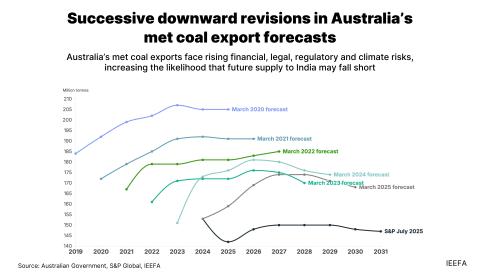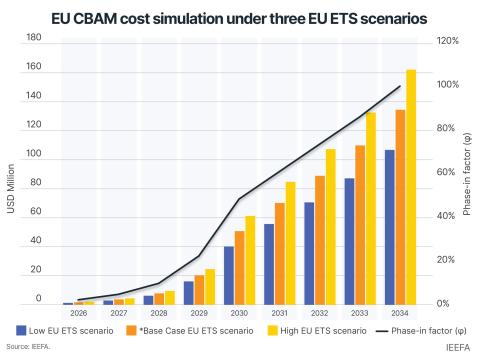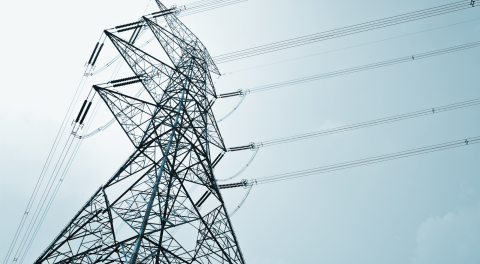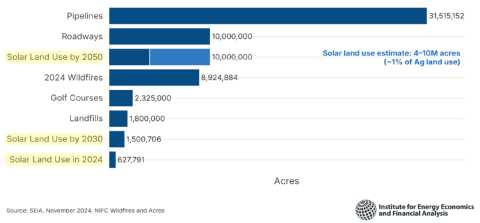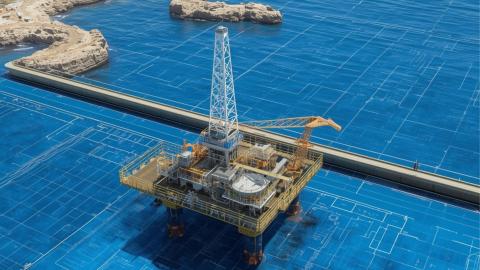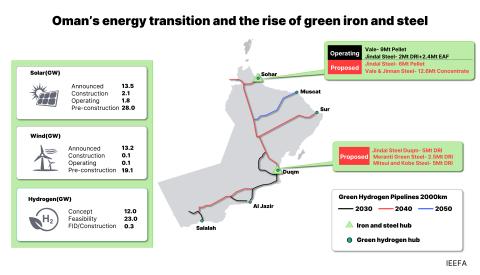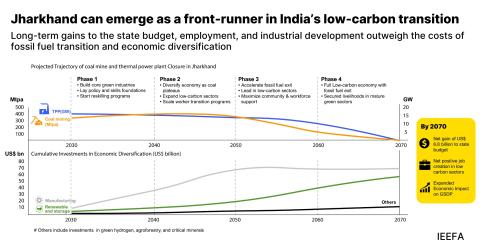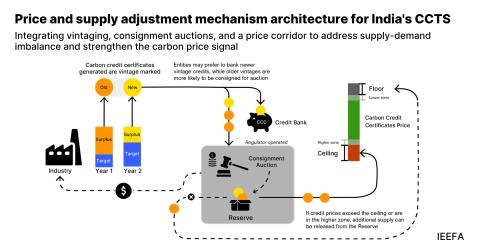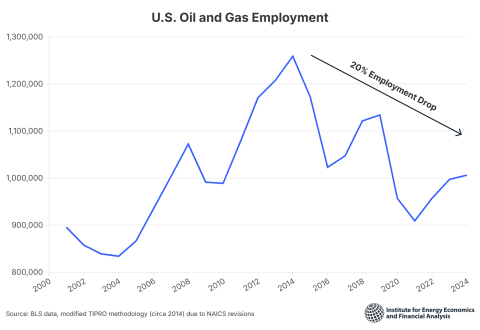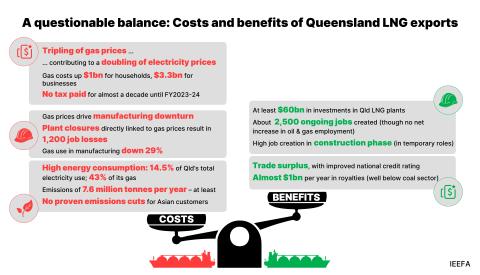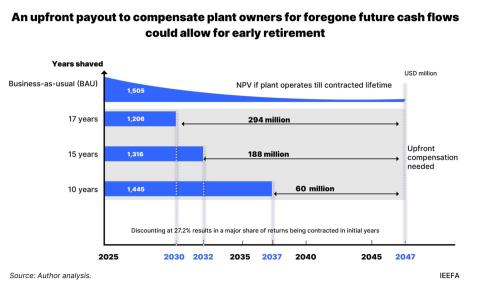Financial risks of carbon capture and storage in Canada: Concerns about the Pathways Project and Public Energy Policy
Download Full Report
View Press Release
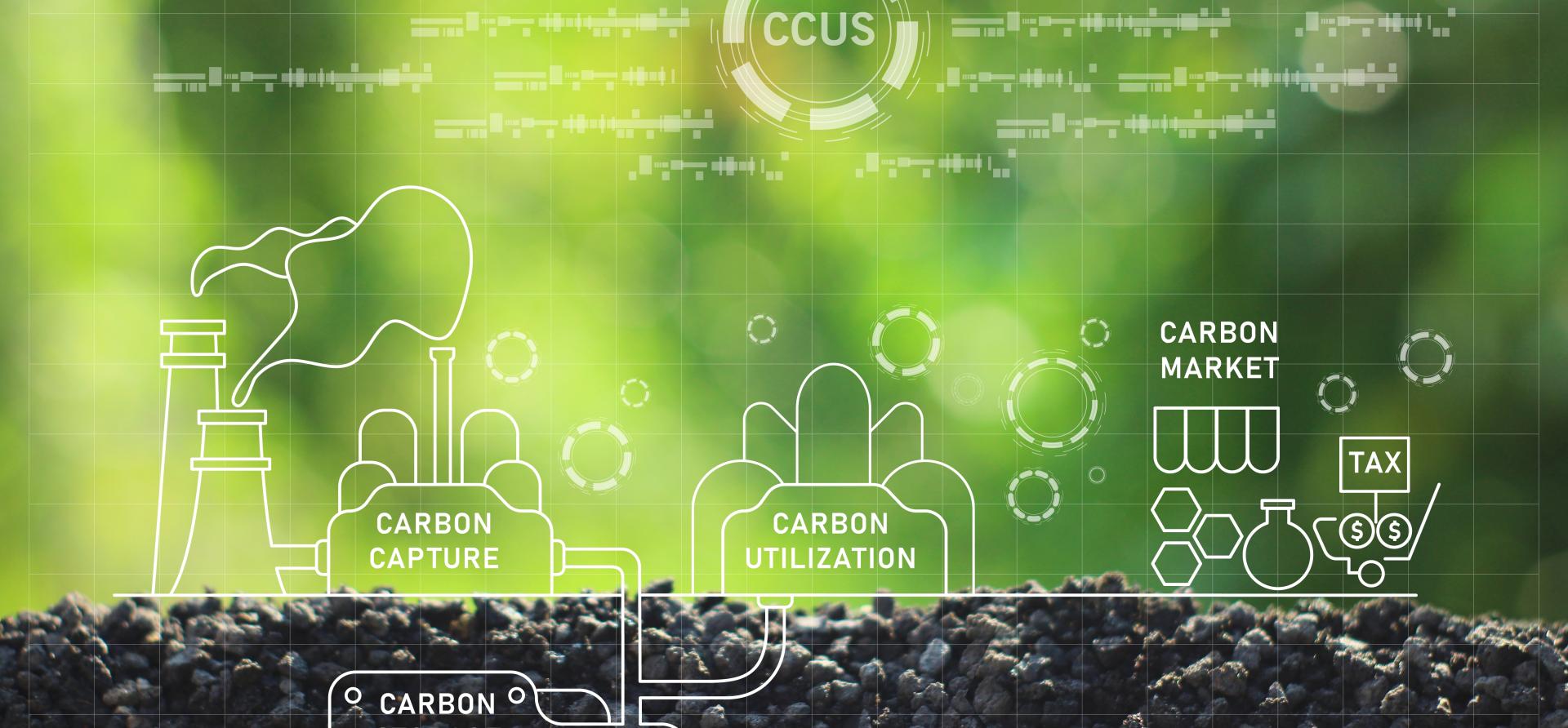
Key Findings
A plan to capture CO2 from 13 oil sand processing facilities and store it in Alberta is threatened by cost challenges.
Total costs including interest, insurance, depreciation and taxes for existing commercial-scale carbon capture plants in Alberta are approaching thresholds that threaten profitability.
There is a risk that the oversupply of carbon emission performance credits (EPCs) will reduce project revenues.
Without substantial efficiency improvements, the cost per tonne of CO2 captured at the Pathways facility is likely to exceed the revenue that the project can generate for each tonne captured.
Executive Summary
Cost challenges threaten the ability of a large, planned carbon capture project to achieve financial sustainability. The Pathways Alliance plans to capture carbon dioxide (CO2) generated at 13 oil sand processing facilities, compress the gas and send it by pipeline to a storage hub near the Cold Lake region in Alberta. Publicly available financial information on the Pathways project is scant. It is instructive, however, to analyze the experiences of two existing commercial carbon capture facilities in Alberta—the Alberta Carbon Trunk (ACTL) line facility and Shell’s Quest facility.
The Institute for Energy Economics and Financial Analysis (IEEFA) examined the two currently operating CCS projects, together with current policy and provincial carbon market dynamics. The resulting report identified troubling cost implications for the Pathways CO2 transport and storage project and raises the concern that the Canadian federal government and the province of Alberta may be pressured to make up the likely shortfall.
- We find total costs including interest, insurance, depreciation and taxes for existing commercial-scale carbon capture plants in Alberta are approaching thresholds that threaten profitability.
- Rising project costs are not being offset by commensurate increases in CO2 capture volumes and associated revenue. Operating costs are growing at twice the rate of CO2 captured volumes.
- CCS operating revenue is uncertain. An effective cap on emission performance credit (EPC) pricing of CAD$170 per tonne limits project revenue potential, while a looming oversupply of carbon EPCs is an example of risks to project cash flows. The option to combine Clean Fuel Regulation credits with EPCs is available to ACTL, but this significant financial benefit is not available to the Pathways project.
- Performance risk is financial risk. Without substantial efficiency improvements, the cost per tonne of CO2 captured is likely to exceed the revenue that the project can generate for each tonne captured.
- An unprofitable carbon capture project will struggle to bring lasting positive economic benefits to host communities and become dependent on external financial subsidies to maintain operations.
Even under optimal conditions, the Pathways project may struggle to break even, and real-world operations are rarely optimal.
Large-scale public investment in CCS is misguided. The technology has struggled to achieve meaningful emissions reductions or prove its long-term viability. The lack of demonstrated success and heightened financial risks indicate public investments are unlikely to yield the desired environmental or economic benefits.
Government officials face a choice. Subsidize and perhaps over-subsidize the project, or invest in more tenable renewable energy alternatives. If the project goes forward, the primary emitters (polluters) should bear the financial burden and the risk for pollution prevention.
Watch our webinar with the author of this report on our YouTube channel.


